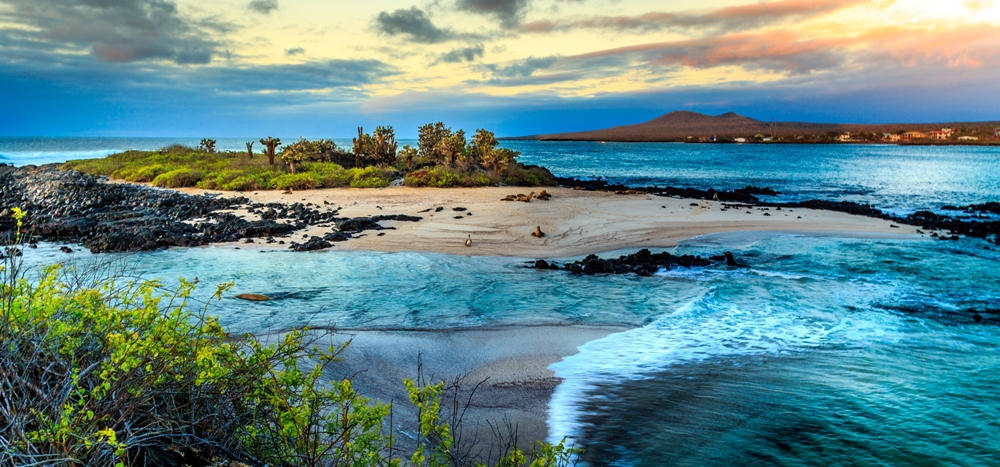 For many people, touring the Galapagos Islands is a bucket-list item. Thanks to the lack of predatory species, the indigenous wildlife is friendly and will allow you see them up close. These islands are known as an archipelago, consisting of 19 main islands and several smaller islets, and are located a little over 600 miles off the coast of Ecuador. Perhaps their biggest claim to fame is the fact that they are were the inspiration and the setting of Darwin’s famous Theory of Evolution.
For many people, touring the Galapagos Islands is a bucket-list item. Thanks to the lack of predatory species, the indigenous wildlife is friendly and will allow you see them up close. These islands are known as an archipelago, consisting of 19 main islands and several smaller islets, and are located a little over 600 miles off the coast of Ecuador. Perhaps their biggest claim to fame is the fact that they are were the inspiration and the setting of Darwin’s famous Theory of Evolution.
Depending on the nature of your visit and what you’d like to experience, there are certain times of the year that are ripe for adventure. The busiest times on the islands range from the beginning of June through the end of August, as well as December and January. While it is known as the rainy season, from December to May offers calm waters, partly sunny skies, and temps in the 80s. If your visit is to see some of the fantastic sea life, however, from June to November is the time to visit. Temps are in the 70s, and the cooler, rougher ocean water will bring in hammerhead sharks and the opportunity to see the famed whale sharks.
Hiking in the Galapagos is an amazing adventure, as you journey the dried beds of lava around the rim of a still-active volcano. A trek into the highlands will show a spectacular array of vegetation. One of the best hikes will take you to the Sierra Negra, the second largest crater in the world, located on the island of Isabela, the largest of the Galapagos. Isabela also boasts a whopping six volcanoes, five of which are still active.
Whenever you choose to visit, you’re sure to see many of the species that can only be seen here due to the islands’ isolation. If your tour operator will allow, shore dockings before 6 a.m. will allow you to beat both the heat and the crowds and allow for an even more enjoyable experience.
